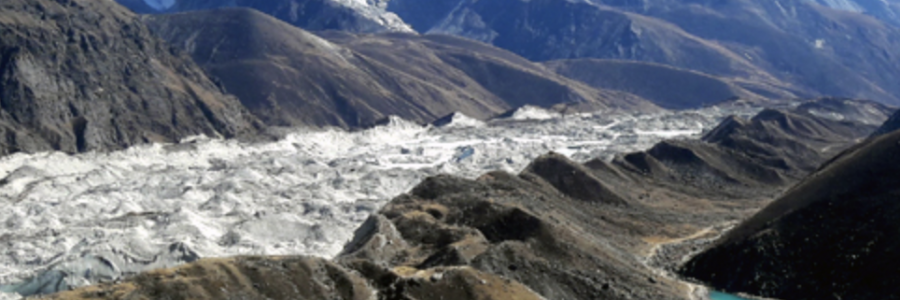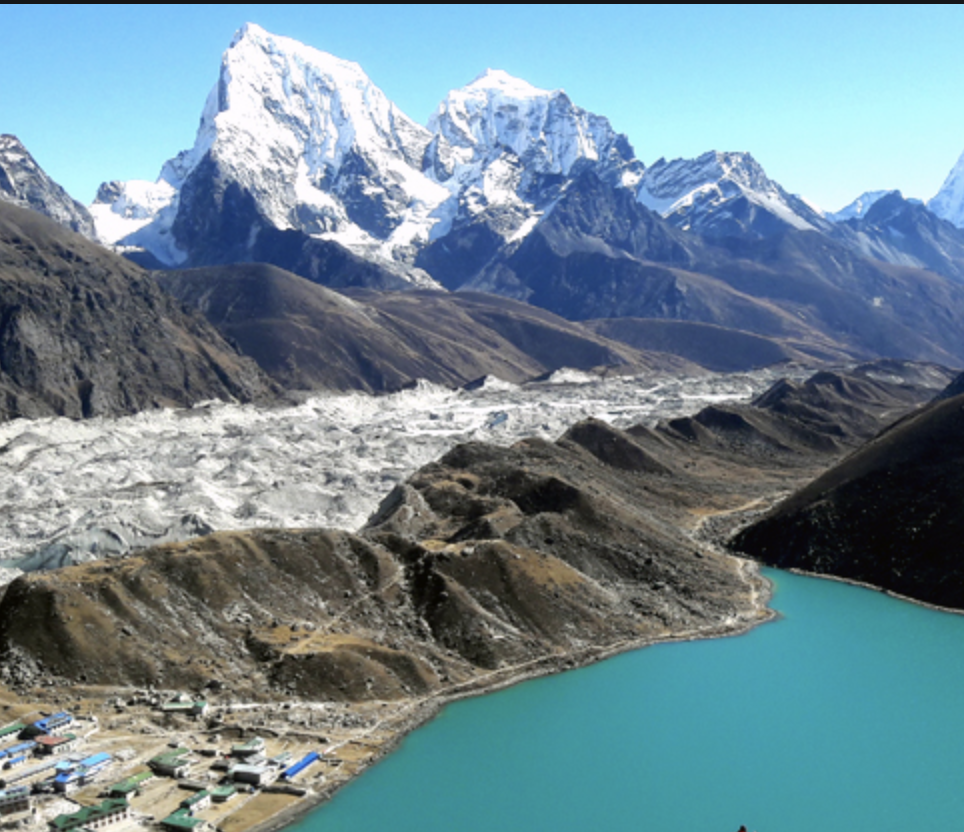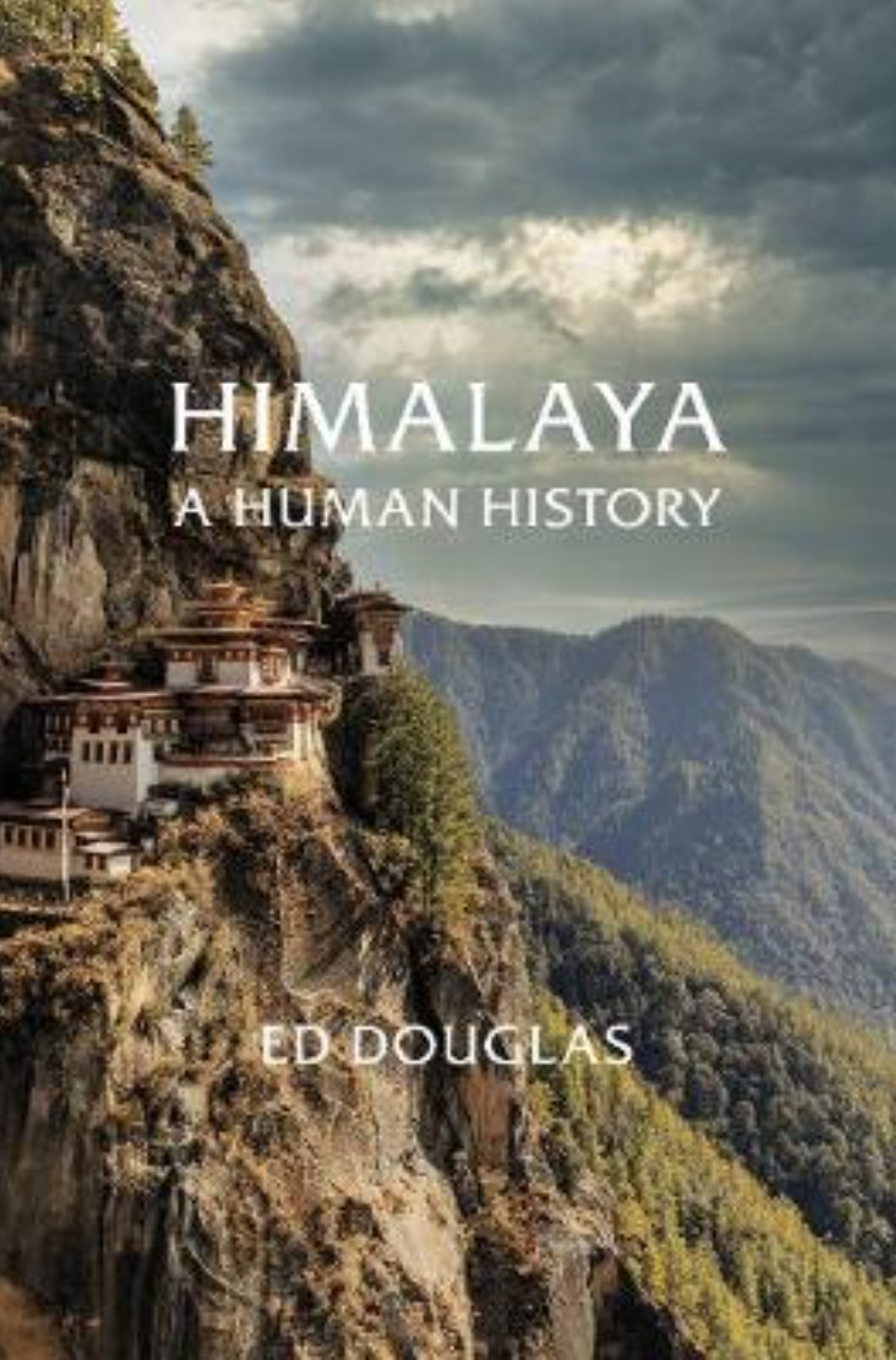
Better Understanding of Himalayan people



An epic story of peoples, cultures and adventures among the world’s highest mountians Himalaya, home to an astonishing diversity of indigenous and local cultures, crossroads of trade, meeting point and conflict zone for the world’s superpowers, where Jesuit missionaries exchanged technologies with Tibetan Lamas, Mongol Khans employed Nepali craftsmen, American merchants exchanged musk and gold with Mughals , and the East India Company grappled for dominance with China’s emperors.
The modern-day tale of Ngawang Sangdrol, a Tibetan Buddhist man beaten and tortured from the age of thirteen by Communist Party thugs for demonstrating in support of The Dalai Lama, illustrating the failure of Beijing to understand the inhabitants of the territory that Mao Zedong finally seized for China in1950.
In 2002, she was released and moved to the US, with her distressing testimony.
More than a century ago Qing Dynasty magistrate called Zaho Erfeng was responsible for so many atrocities in his drive to assert Chinese control over Tibet that he earned the nickname “ Butcher Zaho”.
Mountaineer and biographer of Sherpa Tenzing Norgay who climbed Everest with Edmund Hillary, Ed Douglas’s Himalaya: A Human History portrays not only nuns and monks, but also courtesans, mountaineers, Kings, Horse traders, Tea merchants, spies, botanists, Soldiers and politicians from Nepal, Bhutan, Tibet, Sikkim, China, and India, as well as from Britain, The British Raj, America, Russia and Europe.
The native habitat of rhubarb is on the fringes of the Tibetan plateau and is the staple fruit of crumbles was highly praised in Chinese medicine.
George Everest, a British surveyor who gave his name to the world’s highest mountain pronounced Eve Rest not Ever-est( formerly known as Chomolungma or Sagarmatha (mother of rivers).
Scotsman George Bogle travelled to Tibet in the late 18th century, his meeting with Panchen Lama is described as “the first meeting with political Europe , in the form of representative of the East India Company, and one of the most powerful figures in the spiritual and temporal world of Tibet”.
According to Dougals, great powers have romanticised, betrayed, neglected and simply misunderstood the Himalayan People, as he writes “the geography of the Himalaya was often characterised as blank, somewhere to be filled by courageous soldiers and explorers writing their own narratives.
Himalaya: A Human History by Ed Douglas, Bodley Head, £25, 592 pages.
